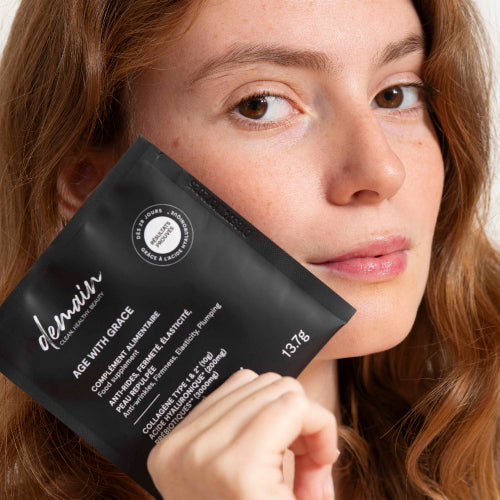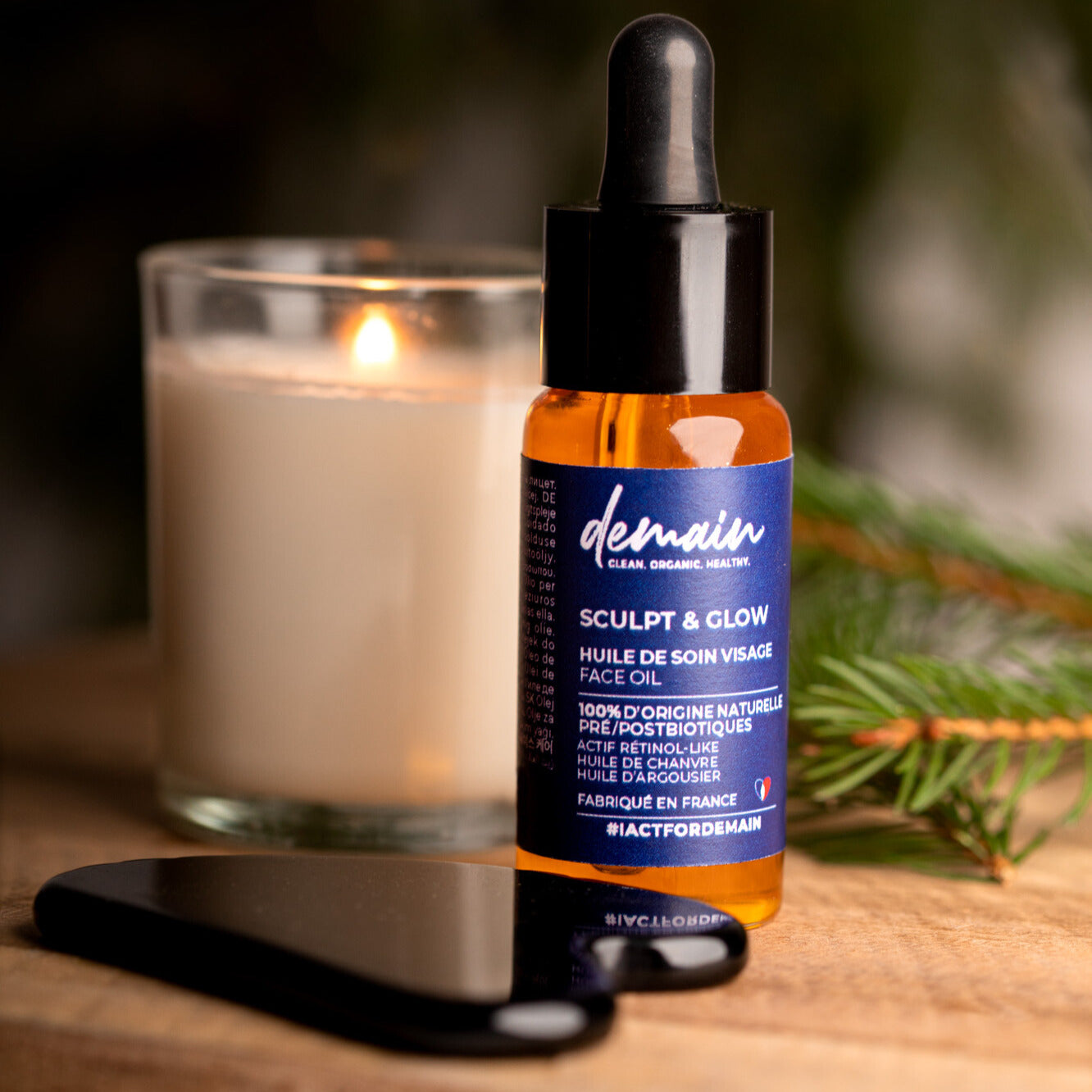Relaxation is vital in our hectic lives. Discover how to turn your outdoor walk into a relaxation session. Methods such as yoga, rhythmic breathing, or even meditation can be adapted for the outdoors. Learn how to manage stress and anxiety and relax in just a few minutes. Discover how nature can become your personal relaxation room.
Understanding Stress and Anxiety
Stress and anxiety are the body's natural responses to the challenges and pressures encountered in daily life. While these reactions can be beneficial in some situations by increasing our alertness and ability to react quickly, they can become problematic when excessive or chronic.
Stress often manifests when a person feels pressured or overwhelmed by the demands of their life. Symptoms can include increased heart rate, rapid breathing, excessive sweating, and muscle tension.
Anxiety, on the other hand, is a feeling of worry, nervousness, or fear. It can be triggered by specific situations or be a more general response to daily life. Symptoms can include feelings of restlessness or tension, difficulty concentrating, and sleep disturbances.
It's essential to understand that stress and anxiety are common experiences and that there are many ways to manage them effectively. One popular approach is the use of relaxation techniques to help reduce symptoms and promote a sense of calm and well-being.
Different relaxation methods
There are many relaxation methods you can try, here we will discuss a few of them.
- Deep breathing : This is a simple but effective technique for relieving stress. It involves taking a deep breath, holding it for a few seconds, and then slowly exhaling.
- Mindfulness meditation : This aims to focus your attention on the present moment, without judgment.
- Yoga : This practice combines physical postures, breathing techniques, and meditation. It can be adapted to all fitness levels.
- Tai chi : This is a gentle form of exercise that involves slow, flowing movements.
- Mindful walking : The idea is to focus fully on the experience of walking, paying attention to each step and the sensation of your body moving.
- Sophrology : This method combines relaxation and visualization techniques to help reduce stress and anxiety.
These methods can be practiced outdoors, allowing you to enjoy the benefits of nature while relaxing.
The importance of breathing in relaxation
Breathing is at the heart of all relaxation techniques. Mastering it can greatly influence our emotional and physical state. Indeed, rapid, choppy breathing can increase stress, while slow, deep breathing promotes relaxation.
Consciously manipulating our breathing allows us to control our autonomic nervous system , the system that regulates our heart rate, for example. By slowing down our breathing, we can activate the parasympathetic system , which is responsible for our state of rest and recovery.
Several breathing techniques can be used to promote relaxation, such as deep abdominal breathing , where you breathe in slowly through your nose, hold your breath for a few seconds, and then gently exhale through your mouth. These techniques can also be combined with other relaxation exercises, such as yoga or meditation, to enhance their effectiveness.
Practicing breathing outdoors can provide additional oxygenation and an even greater sense of well-being. Indeed, the fresh air and natural environment can enhance the benefits of mindful breathing.
In summary, breathing is a powerful tool accessible to all to promote relaxation and well-being.
What exercise to relax?
Here are some quick relaxation exercises you can do wherever you are.
- Square Breathing Exercise : Inhale for 4 seconds, hold for 4 seconds, exhale for 4 seconds, and finally, wait 4 seconds before taking another breath. This exercise can quickly reduce stress and anxiety.
- Muscle relaxation : Tense a muscle group (e.g., hand muscles) for a few seconds, then release. Do this for all muscle groups in your body, starting with your feet and working your way up to your head.
- Visualization : Close your eyes and imagine yourself in a calm and peaceful place. Focus on the details of this place, such as sounds, smells, and bodily sensations.
- Self-massage : Use your hands to gently massage parts of your body that are tense.
These exercises only take a few minutes and can be done at any time of day to reduce stress and anxiety.
How to relax in 5 minutes?
To relax quickly, there are effective techniques that can be implemented in just 5 minutes.
- Face yoga: This practice involves performing facial exercises to release tension and promote relaxation. A few simple movements, such as gently stretching the forehead or massaging the temples, can help quickly calm the mind and body. As a bonus, use Sculpt&Glow oil for an immediate soothing effect!
- Autosuggestion : This method is based on the principle of mental suggestion. You can say positive phrases to yourself, such as "I am calm and relaxed." This method is very useful for controlling your state of mind and reducing stress.
- Square Breathing : This breathing technique involves inhaling for 4 seconds, holding your breath for 4 seconds, exhaling for 4 seconds, and finally, waiting 4 seconds before taking another breath. It is an effective technique for reducing stress and anxiety.
- Nature observation : If you're outdoors, take a few minutes to observe your surroundings. Mindfully observing a tree, bird, or stream can help calm the mind and reduce stress.
- Stretching : Doing some stretches can help release muscle tension and promote a feeling of relaxation.
- Using essential oils : Some oils, such as lavender or chamomile, have relaxing properties. You can put a few drops on a tissue and breathe in the scent to help you relax. To learn more about essential oils and their uses , go here.
These techniques can be practiced at any time of day to help manage stress and promote a state of relaxation.
Yoga, an effective anti-stress method, to be done outdoors
Yoga , originating in ancient India, is an art that combines physical postures, breathing techniques, and meditation to promote balance between body and mind. It is increasingly recognized as an effective method of stress management.
Practicing yoga outdoors can amplify its beneficial effects. Connecting with nature, fresh air, and the soothing sounds of the environment can contribute to a sense of calm and well-being.
Breathing techniques (or pranayama) play a crucial role in yoga practice. For example, square breathing or Ujjayi helps calm the mind and release bodily tension.
Here are some yoga poses that are particularly effective for stress management:
- Child's Pose: Helps relax the nervous system and release tension in the back.
- Tree pose: promotes balance and concentration.
- Corpse Pose: Ideal for deep relaxation and meditation.
No prior experience is necessary to begin yoga. Simply choose a calm, natural setting, grab a yoga mat, and start with simple poses.










